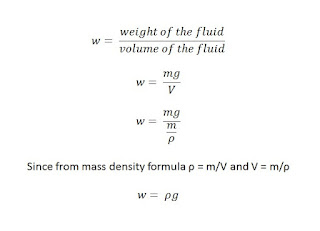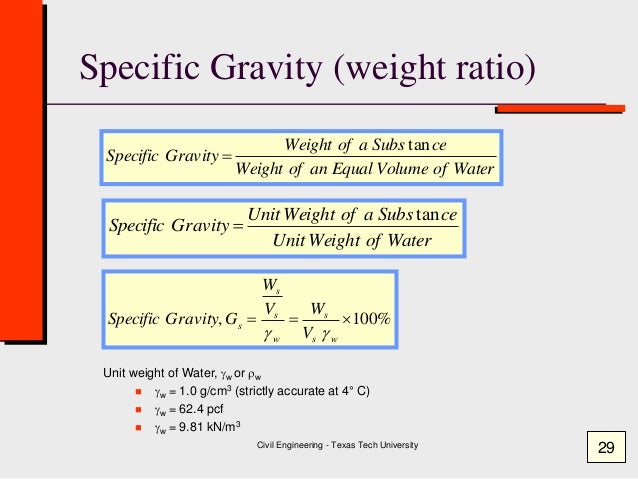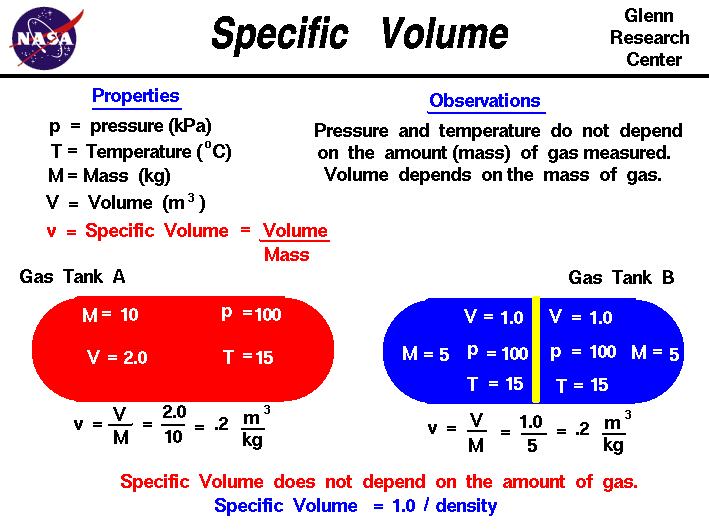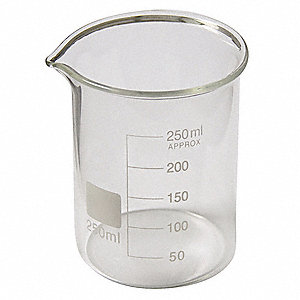Boyle's law, sometimes referred to as the Boyle–Mariotte law, or Mariotte's law,, is an experimental gas law that describes how the pressure of a gas tends to increase as the volume of the container decreases. A modern statement of Boyle's law is
Mathematically, Boyle's law can be stated as
or
where P is the pressure of the gas, V is the volume of the gas, and k is a constant.
The equation states that the product of pressure and volume is a constant for a given mass of confined gas and this holds as long as the temperature is constant. For comparing the same substance under two different sets of conditions, the law can be usefully expressed as
The equation shows that, as volume increases, the pressure of the gas decreases in proportion. Similarly, as volume decreases, the pressure of the gas increases. The law was named after chemist and physicist Robert Boyle, who published the original law in 1662.




























 (where g=9.81m/s^2)
(where g=9.81m/s^2)






